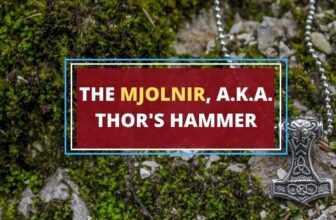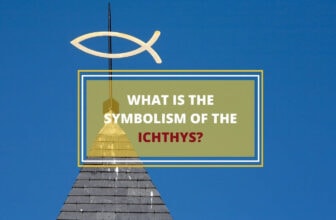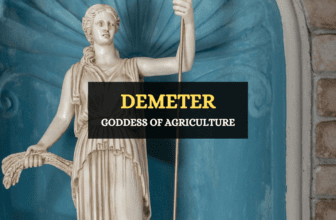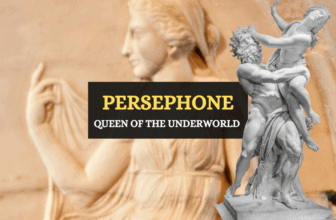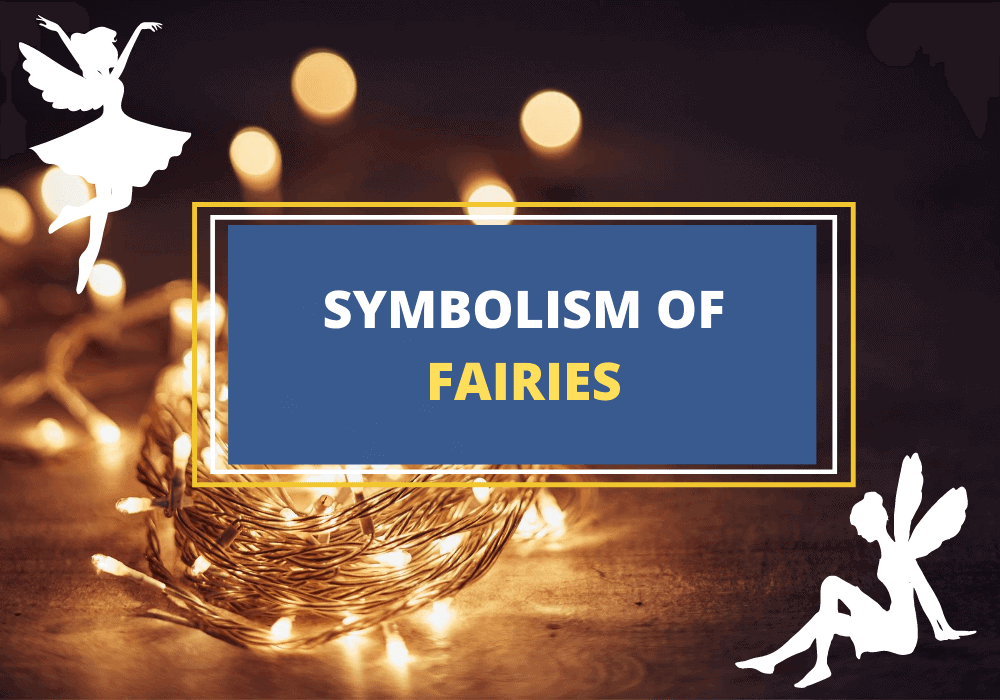
Table of Contents
When someone says the word fairy, we often take a quick trip down memory lane and revisit the fairy god mother in Cinderella or the delightful Tinkerbell in Peter Pan. For most of us, these winged creatures are what made bedtimes stories truly remarkable and filled with magic.
This is why it comes as a surprise to know that fairies were not always considered to be cute and loveable but were once considered evil and dangerous beings, who could be either cruel or friendly to humans.
Let’s take a closer look at the transformation of fairies through history.
Types of Fairies
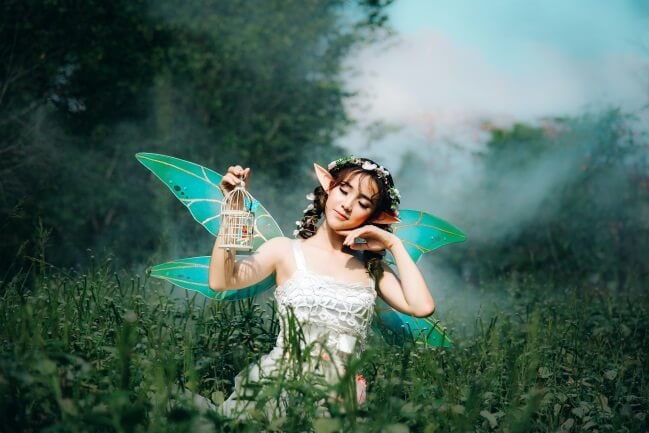
Fairies are typically described as being human-like in appearance but are typically very small in size. In some myths, fairies could change size from a tiny figure to the size of a human. They’re typically depicted as having wings, being able to fly and being very quick, agile and energetic.
- Pixies: Pixies are tiny fairies believed to have originated in Celtic mythology. They reside in underground spaces such as caves and barrows. Pixies are very mischievous and play pranks on humans by knotting their hair or stealing their things.
- Tooth fairies: Tooth fairies can be traced all the way back to Norse and North European traditions. They are fairies who collect baby teeth and provide gifts to the children. It is believed that tooth fairies can provide relief and discomfort as a result of a fallen tooth.
- Fairy Godmothers: Fairy god mothers are magical creatures who provide comfort and support to an individual who comes under their care. They are especially helpful to those who suffer at the wrongdoing of others. Fairy god mothers are often associated with psychics because they have the ability to prophesise.
- Nymphs: Nymphs are female deities and beautiful maidens who reside in rivers, forests, mountains, valleys, and rivers. They take care of plants and animals and are closely associated with Greek gods of nature, such as Artemis. While some people consider nymphs to be a separate category in themselves, others use them interchangeably with fairies.
- Sprites: Sprites are fairy like creatures that live in the water. They are often called water fairies or water nymphs. They are lively and intelligent creatures. Sprites give off a glow very similar to fireflies and have dazzling wings.
- Disney fairies: Walt Disney fairies are beautiful young girls or motherly figures who aid in the battle against evil. Disney fairies have been very influential and have provided a framework for several characters in books and stories.
Origins and History of Fairies
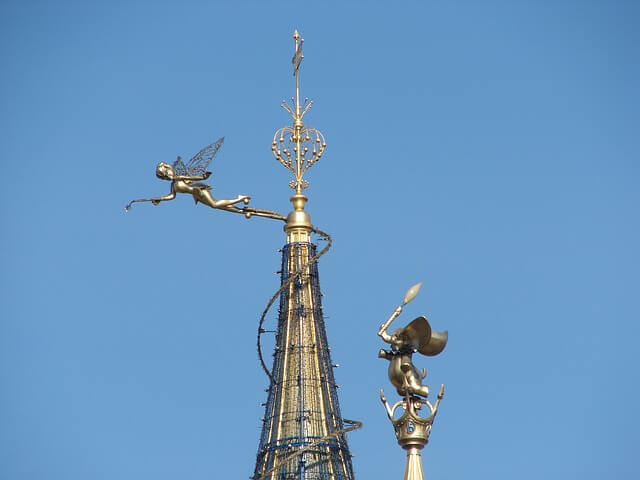
Fairies are mythical creatures, that exist in the folklore of many European cultures. While it’s hard to pinpoint a single origin for fairies, they’ve existed in many cultures in various forms, either as benign or malignant beings.
- Fairies as Ancient, Wise Beings
Pagan beliefs trace the origins of fairies to the very beginnings of time before human beings walked the earth. Fairies were believed to be as ancient as the sun and soil, and pagans looked upon them as creatures of great wisdom and mystical powers.
In pagan beliefs, fairies were akin to goddesses and worshipped as guardians of the world. The pagans had a strong connection with the elements of earth, and venerated fairies above all, as the protectors and caretakers of nature.
Unfortunately, Pagan beliefs could not withstand the test of time, and conquering religions diminished fairies to nothing more than forest deities.
- Fairies as Malignant Beings
Later on, the word fairy was a generic term used to refer to gnomes, goblins, and several other mystical creatures. Fairies were feared and ostracized in Medieval societies as they were thought to steal babies and cause illness amongst children. To thwart the malicious attempts of fairies, people protected themselves with bells, rowan trees, four leaf clovers, and amulets.
17th century Christians were afraid of fairies, thought to be the messengers of the devil. This perspective was overthrown in the 18th century when theosophists declared fairies as kind- hearted and helpful spirits. According to other Christians beliefs, fairies are nothing more than fallen angels caught between heaven and hell.
- Fairies as We Know Them Today
The modern version of the fairy can be traced back to the Victorian Era. In the Victorian Era, the term fairy was used in a narrow sense, to denote small, winged creatures, who held a magical wand. It was during the Victorian Era that fairies became a popular motif in children’s tales. The negative connotations associated with fairies slowly diminished, leaving behind a bright, and fair-minded creature in its wake.
The Difference Between Fairies and Angels
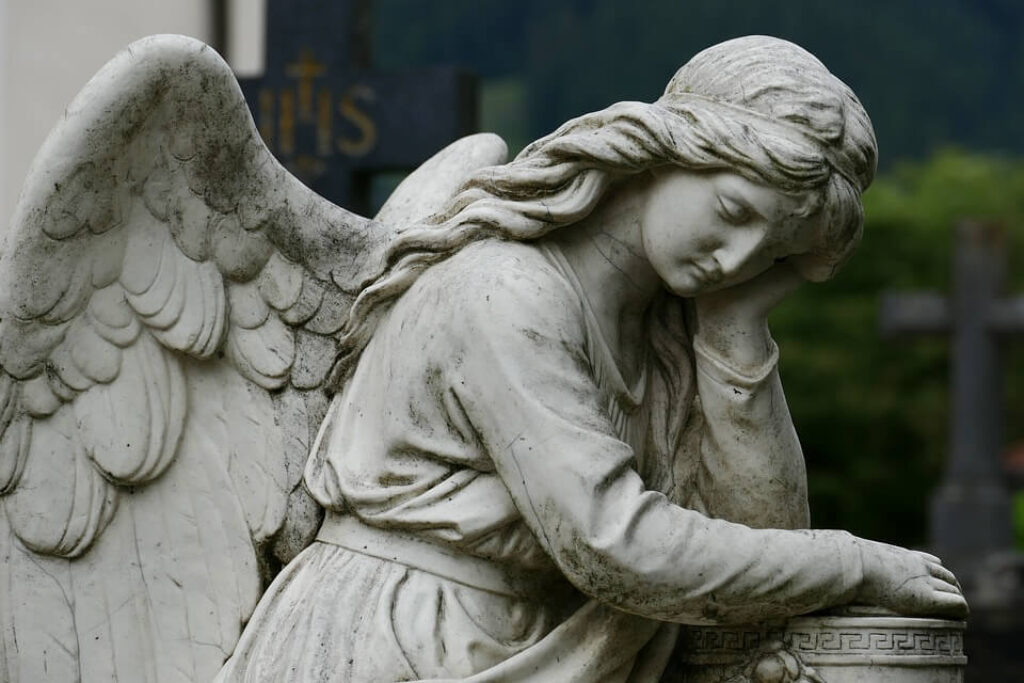
Many people confuse fairies with angels. While both fairies and angels have similar physical features, their roles and functions are different.
Angels reside in heaven and perform their duties as servants of gods. They’re more important and have greater responsibilities and duties to perform. On the other hand, fairies live on earth and guard nature, or protect living beings from harm.
Angels are much larger and graceful than fairies, typically depicted with large wings and an aura of light. Fairies, by comparison, are smaller and more energetic.
Below is a list of the editor’s top picks featuring fairy statue.
Symbolic Meanings of Fairies
There are many symbolic meanings associated with fairies.
- A symbol of feminine beauty: From the Victorian era onwards, Fairies came to symbolize the ideal, feminine beauty. Young girls and women were often required to be “fairy-like” in both appearance and mannerism. Women who were well- dressed, with polite manners, and a kind- heart, were said to be akin to a fairy.
- A symbol of an unfulfilled life: According to some theories, fairies are very similar to ghosts, and walk the earth as unsatisfied spirits. In this perspective, fairies represent people with unfulfilled lives who are caught between the gates of heaven and hell.
- A symbol of rootedness to nature: Fairies symbolize a deep connection between living beings and nature. They act as mediators between plants, animals, and the various elements of nature. Many children’s writers have written about fairies to emphasize the significance of the environment, and why it is important to connect with nature.
- A symbol of Celtic nationalism: Fairies were evoked by several Irish poets and writers as a symbol of their ancient past, untainted by colonization. For the revival and reclamation of Irish nationalism, the fairy was a popular motif.
Famous Fairies in literature
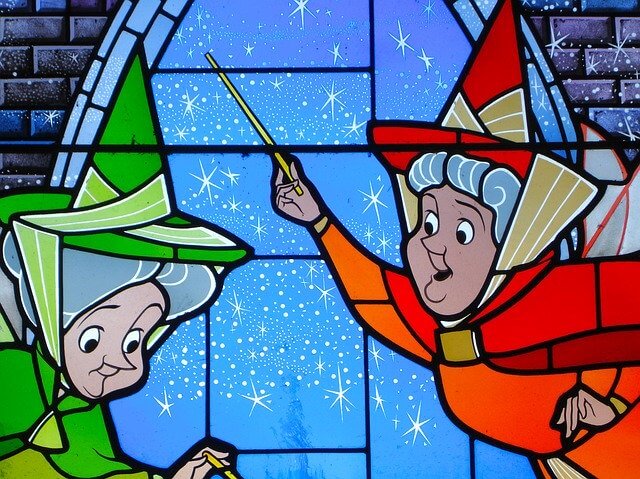
Many fantastical writers have depicted fairies in their books, novels, and plays. These characters have grown to become important figures in these literary works.
- Puck: Puck, or Robin Goodfellow, is a mischievous fairy in Shakespeare’s “A Midsummer Night’s dream’ and is one of the earliest fairies to be cast in a major role. Puck is a significant character who shapes the plot and determines the events of “A Midsummer Night’s dream’. Many writers and artists have drawn inspiration from Shakespearean fairies, who are intelligent, witty, and provide entertainment to children and adults alike.
- Tinkerbell: Tinkerbell is a pixie fairy in J.M Barrie’s Peter Pan. She is Peter Pan’s most trustworthy aid and friend. She is a powerful fairy, serving as a mentor and guide to Peter Pan. J.M Barrie’s Tinkerbell shatters the stereotype that fairies are always innocent and kind, as Tinkerbell can be vengeful and mischievous.
- Nuala: Nuala is a fairy in the Sandman series by Neil Gaiman. Gaiman overthrows the stereotypical representation of fairies to depict one who relies more on her intellect and wisdom, rather than her physical beauty.
- Holly Short:Holy Short is a character in the popular novel, Artemis Foul. Some people consider her to be an elf, while others think she’s a fairy. Holy Short is the female protagonist of the Artemis Foul series, and a powerful captain of the Leprechaun organization. This is one of the rare instances in literature where a fairy is admired for her physical strength.
- Fairy Godmother: While the concept of a fairy godmother has existed for a long time, fairy tales like Cinderella made them extremely popular. Fairy Godmothers are an emblem of strength, wisdom, and intelligence. They are guardians, protectors, and nurturers to those who are outcast by society. Fairy god mothers are a reminder that fairies can be old and wise, and not necessarily young and immortal.
In Brief
Fairies are mythological creatures with a rich history and symbolic meaning. They have an aura of enchantment that makes them an all-time favourite of both children and adults alike.







